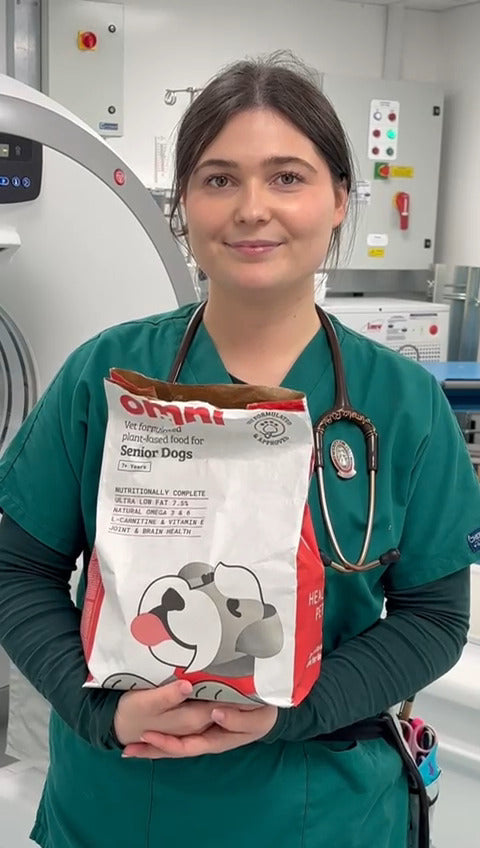The benefits of virtual vet care

Virtual vet care, or telemedicine has become increasingly popular in recent years. ‘Virtual vet care’ broadly covers the area of getting veterinary care online – this is often through video calls or sometimes via a messaging service. Many different veterinary care providers have added virtual vet services to their repertoire recently. It is a space that continues to evolve, including with recent announcements/changes to remote prescribing rules.
What is it great for?
Getting virtual vet care or having a virtual vet consult can be a great way to get relaxed, stress-free advice in your own home for a variety of conditions. It allows a space in which you can ask all the questions you need, in a low-pressure environment. This makes it an excellent option for many scenarios including things like behavioural queries, management of chronic conditions, assessing if some new signs in your pet are something to worry about/warrant further monitoring or action, or just for any general day queries. The video aspect, that is often included, also means vets can visually assess some things. Even in cases where a follow up in-person vet appointment is recommended, clients often feel more prepared for this having had a virtual discussion prior, as potential causes, investigations, and treatments may have already been discussed to allow for pet owners to be more involved in the decision making for their pet.
When is an in-person vet appointment required?
Understandably, virtual vet care has some limitations. Most notably any emergency or requirement for urgent care should be seen by an in-person vet as soon as possible. Many non-emergency conditions may also require an in-person vet consultation as a clinical exam of your animal may provide essential information for further decision making. Additionally, further tests/investigations can take place at your primary care practice and certain treatments (that can only be given out after an in-person clinical assessment of your animal) can be dispensed. In certain cases, your vet may say that a virtual follow up appointment can be used after your in-person appointment.
Interested in getting virtual vet care?
Omni offers virtual vet care with their experienced vets! Complimentary online vet consultations from the comfort of your own home are available to subscribers of Omni food products. Our vets are happy to discuss any topics or queries you may have about your pet to give you more peace of mind or further information to make decisions.







 85 Great Portland Street, 1st Floor, London, W1W 7LT United Kingdom
85 Great Portland Street, 1st Floor, London, W1W 7LT United Kingdom





